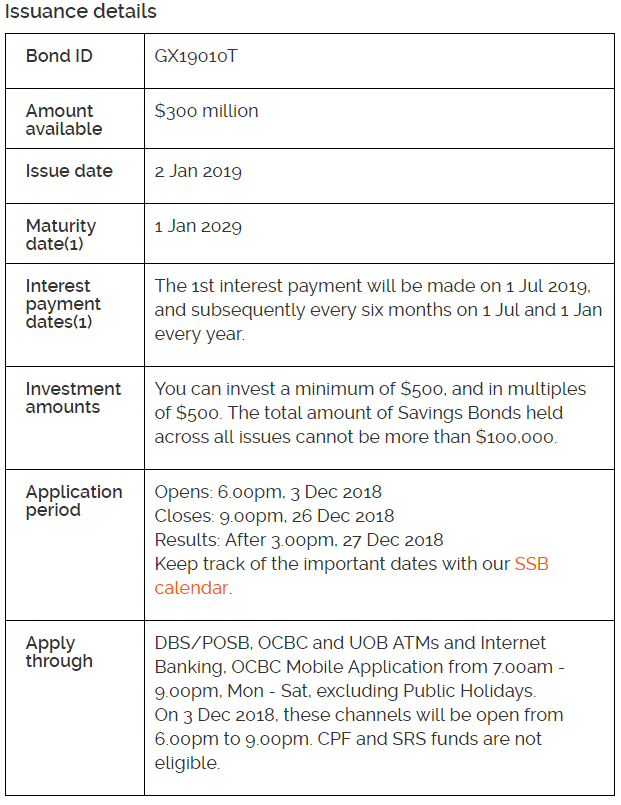NASDAQ Composite Index [^IXIC] (28 Dec 2018)
By: Soh YJ
Overall the ^IXIC continue a downward pressure. As the moving averages and MACD remain bearish.
| Performance as at | YTD | 1 WK | 1 MTH | 3 MTH | 6 MTH | 1 YR | 2 YR | 5 YR |
| 28 Dec 2018 | 0.08 | 4.19 | -9.47 | -18.08 | -12.33 | –4.62 | 19.26 | 59.36 |
*Performance in %
After continuous of red candles over the month of December, ^IXIC gain a strong rebound on 26 Dec 2018 and ended the week with a doji candlestick, indicating the market is not certain the direction of the prices.
Events happen between 24 Dec – 28 Dec 2018
Annual Changes in NASDAQ 100 Index (24 December 2018)
NASDAQ-100, NDX, index is composed of the annual 100 largest non-financial companies listed on the Nasdaq. Nasdaq-100 is re-ranked annually.
| Inclusion | Exclusion |
| AMD, LULU, NTAP, UAL, VRSN, WLTL | ESRX, HOLX, QRTEA, SHPG, STX, VOD |
How it affects me?
ETFs are designed to track the index, the rebalancing means the stocks in the basket would be sold or added, potentially changes the component’s position size. Meaning, individual stocks will increase it volatility during the rebalancing period.
Most Positive Movement (24 Dec – 28 Dec)
Criteria for screening:
- Market capital (Over 300 million)
- Small to Mid-cap ($3m to $2b) stocks may not fall into most investor radar yet, potential to grow. Too small may have higher risk
- IPO more than 10 years
- Have a history, less risk of the business failing
- Current volume (over 200k)
- Typical stocks have at least 100k trade volume per day
- Price (Over $10)
- Stock less than $5 are risky and prone to speculation
- Institutional ownership (Over 40%)
- Institute have more information than retail investors. If institute don’t own any of the stock, you should not too.
- The price changes should be < index movement
- Should be more volatile than index, else buying an Index ETF will be more efficient.
AMAT and ENTG is more suitable for Mid to long term investment as the gross profit, net income and cash flow is more stable.
| ENTG | AMAT | ACLS | PAR | |
| Price (28 Dec 2018) | 27.47 | 32.38 | 17.76 | 22.14 |
| Performance Week[7] | 8.11% | 4.79% | 7.05% | 24.66% |
| Zack Ranking[9] | Hold | Hold | Strong Sell | Not available |
| Consistent increase in Gross profit 4Yrs [6] | Yes | Yes | No | Yes |
| Consistent increase in Net Income 4Yrs [6] | No | No | No | No |
| Consistent increase in Operation cash flow 4Yrs [6] | Yes | No | No | No |
| Mean projected growth rate[8] | 18.03% | 16.98% | 20.00% | Not available |
| Outstanding shares (Millions) [8] | 141.79 | 982.99 | 31.22 | 15.91 |
| Net Profit margin compare to industries 5Yrs [8] | Lower | Higher | Lower | Lower |
| ROE >12%[7] | 12.7% | 45.40% | 34.20% | -35.90% |
| Current ratio >1[7] | 3.9 | 2.6 | 5.5 | 1.5 |
| Debt/Equity ratio <1[7] | 0.6 | 0.78 | 0.12 | 0.14 |
| Calculated Debt servicing ratio <30% | 11.02% | 14.70% | 0.89% | 5.76% |
| Calculated Intrinsic Value | 27.45 | 46.01 | 31.51 | 0.65 |
| Current Trend | Down | Down | Down | Down |
*The intrinsic value is calculated using 2 stage DCF model- 10yrs
News
PAR [17 Dec 2018]- PAR Technology SureCheck Food safety solution named to food logistics’ 2018 FL100 + Top software and Technology Providers [11]
Reference
[2] https://sg.finance.yahoo.com/news/stocks-wall-street-falls-mnuchin-163300626.html
[3] https://sg.finance.yahoo.com/news/trump-just-told-buy-stocks-141420498.html
[4] https://sg.finance.yahoo.com/news/faang-kicks-losing-streak-post-210800875.html
[5] https://sg.finance.yahoo.com/news/us-stocks-resume-retreat-huge-153326611.html
[6] https://finance.yahoo.com/
[9] https://www.zacks.com/stocks/zacks-rank
[10] https://business.nasdaq.com/mediacenter/pressreleases/1862596/annual-changes-to-the-nasdaq-100-index














